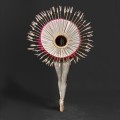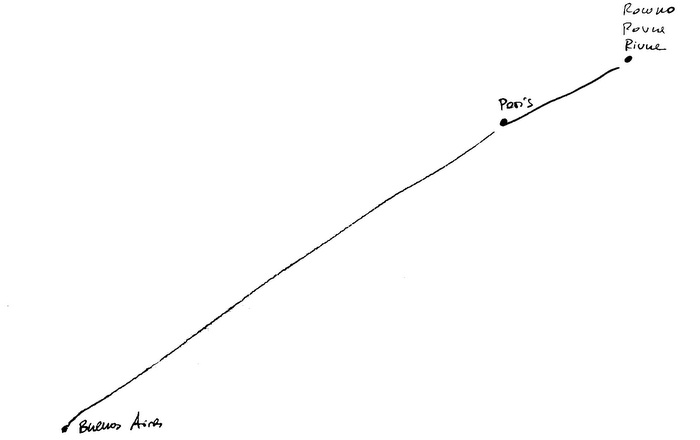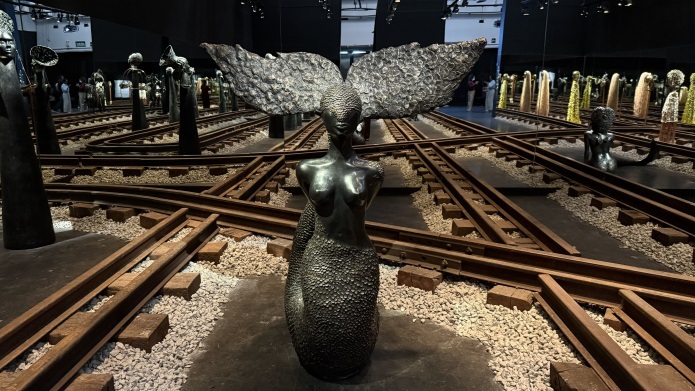Isabel Munoz (Barcelona, ??1951) exhibits until November 16th at the Niemeyer Centre Aviles her work 'Full Color', that includes 30 color photographs, very little known, along with eight other platinum popular pieces in black and white.
The exhibition includes color images, some of them printed in platinum, from the series of Ethiopia (2002), Omo River (2005), Love and Ecstasy (2008) and Mythologies (2012). With them, Muñoz goes from fascination with naked bodies of the Ethiopia Omo and Surma to display extreme pain in the religious practices of the Brotherhood Al Qadiriya in Iraq; on the other hand, it arouses in the spectator echoes of Western religious iconography.
Elegance and Sensuality
The black and white photographs of Isabel Munoz are unmistakable. Favored by the sensuality and delicacy of platinum printing in large format, they deliver different dances such as the tango, flamenco, Cuban classic ballet or belly dancing, seamlessly blending them with snapshots of bullfighters, Turkish fighters, flying Chinese monks and acrobatic capoeira Brazilian dancers.
These images are full of elegancy, framed with such a surgical precision that are able to recreate the idea of ??movement, when placed next to each other tell us about a fascination with eroticized body questioning as intense as their attention by the vibrations of light .
Intensity and Detail
The photographer, who is very subtle, goes beyond her work for magazines. An important and little known part of the work of Isabel Munoz are done in color. In this work we can see the nature of color on an artist who continues to explore. The most spectacular series that introduces the viewer into the practices of a religious brotherhood, the Al Qadiriya, rediscovered in Iraq, where worshipers of Allah enter in trance, evade from their body and do not feel any pain when they cut themselves with razors and swallow them, undaunted walking over piles of crushed glass or drill their own bodies.
Hieratic figures of the Surma or Omo Ethiopia are opposed, warriors shepherds from the high plateaus who spend their days painting their bodies, inventing landscapes in their backs, turning their faces and hands in writing, sometimes wearing simple and rich jewels made of gold or shells, wrapping with simple tattered rags as if were shawls a great elegance.
The treatment Munoz gives to these portraits and personal details talks about the same light intensity that allows the color lines emerge smoothly from the fineness of grain of the skin. The matte tone of the incredible platinum prints in color recreates all sorts of materials and tonal subtleties, mitigates the more decorative or frivolous appearance and enhances the half tinted color effect.




Source: hoyesarte.com















